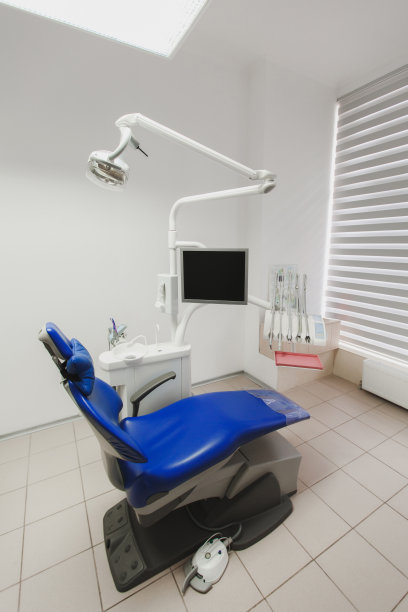Essential Guidelines to Ensure a Successful Dental Filling Procedure and Promote Optimal Recovery Post Treatment
Summary: Dental fillings are a common procedure designed to restore teeth affected by cavities or fractures. However, ensuring a successful outcome requires careful consideration both before and after the procedure. This article will outline essential guidelines that cover preparation for the dental filling, the procedure itself, post-treatment care, and recognizing complications. By adhering to these guidelines, patients can enhance their overall dental health and promote an optimal recovery experience post-treatment. Understanding these aspects is vital to ensure a positive experience and maintain the longevity of the dental work.
1. Preparing for Your Dental Filling

Preparation is key to ensuring a successful dental filling procedure. Patients should first consult their dentist to discuss the specifics of their condition and the type of filling required. Understanding the materials involved can help ease any anxiety regarding the procedure.
Moreover, it is important to provide a full medical history to the dentist. This includes any medications currently being taken, allergies, or previous dental issues. This information allows dentists to tailor their approach to individual needs, ensuring safety and effectiveness.
Lastly, consider arranging transportation for the day of the procedure. Although dental fillings are usually performed under local anesthesia, some patients may feel groggy afterward. Having someone to drive you home ensures a smooth return after the appointment.
2. Understanding the Filling Procedure
During the dental filling procedure, the dentist will first administer a local anesthetic to numb the area around the affected tooth. This step is crucial for minimizing discomfort during the treatment. Patients are encouraged to communicate any discomfort they may feel throughout the process.
Once the area is numb, the dentist will remove the decayed portion of the tooth using specialized tools. Following this, the cavity is thoroughly cleaned to prevent further infection. This part of the procedure is essential, as proper cleaning ensures the filling adheres correctly and lasts longer.
Finally, the dentist will place the filling material—this could be composite resin, amalgam, or another type of material—and shape it to match the original contour of the tooth. Patients should expect to feel a slight pressure during this stage but should not experience pain.
3. Caring for Your Teeth After Filling Treatment
Post-treatment care is crucial for promoting optimal recovery after a dental filling. Patients should avoid chewing on the treated side of the mouth for at least 24 hours to allow the filling to set properly. This can help prevent damage to the new filling or the underlying tooth.
Additionally, maintaining good oral hygiene is essential. Patients should continue brushing twice daily and flossing regularly, taking extra care when cleaning the affected area to avoid disturbing the filling. Using a soft-bristled toothbrush can also help prevent any irritation.
It is advisable to monitor the condition of the filling and the surrounding area regularly. Any signs of discomfort, sensitivity, or unusual changes should be promptly reported to the dentist, as these could indicate issues that require attention.
4. Recognizing and Handling Complications Early
Despite best efforts, complications can arise following a dental filling. Common issues include persistent pain, an improper tooth fit, or sensitivity to temperature. Patients should be vigilant and not hesitate to reach out to their dentist if unusual sensations arise.
In some cases, fillings may loosen over time. It’s important to recognize the signs—such as feeling the filling move or a change in bite alignment—and seek a dental appointment to address these concerns promptly.
Lastly, understanding that some reactions are normal, such as mild sensitivity for a few days, can help set realistic expectations. However, if symptoms persist beyond a week or worsen, it is crucial to consult a dental professional right away.
Summary:
In conclusion, preparation, understanding the procedure, post-treatment care, and being alert to complications are vital components that ensure a successful dental filling procedure. Patients who follow these essential guidelines will not only enjoy a more effective treatment experience but can also support their oral health challenges over the long term.
This article is compiled by Vickong Dental and the content is for reference only.



